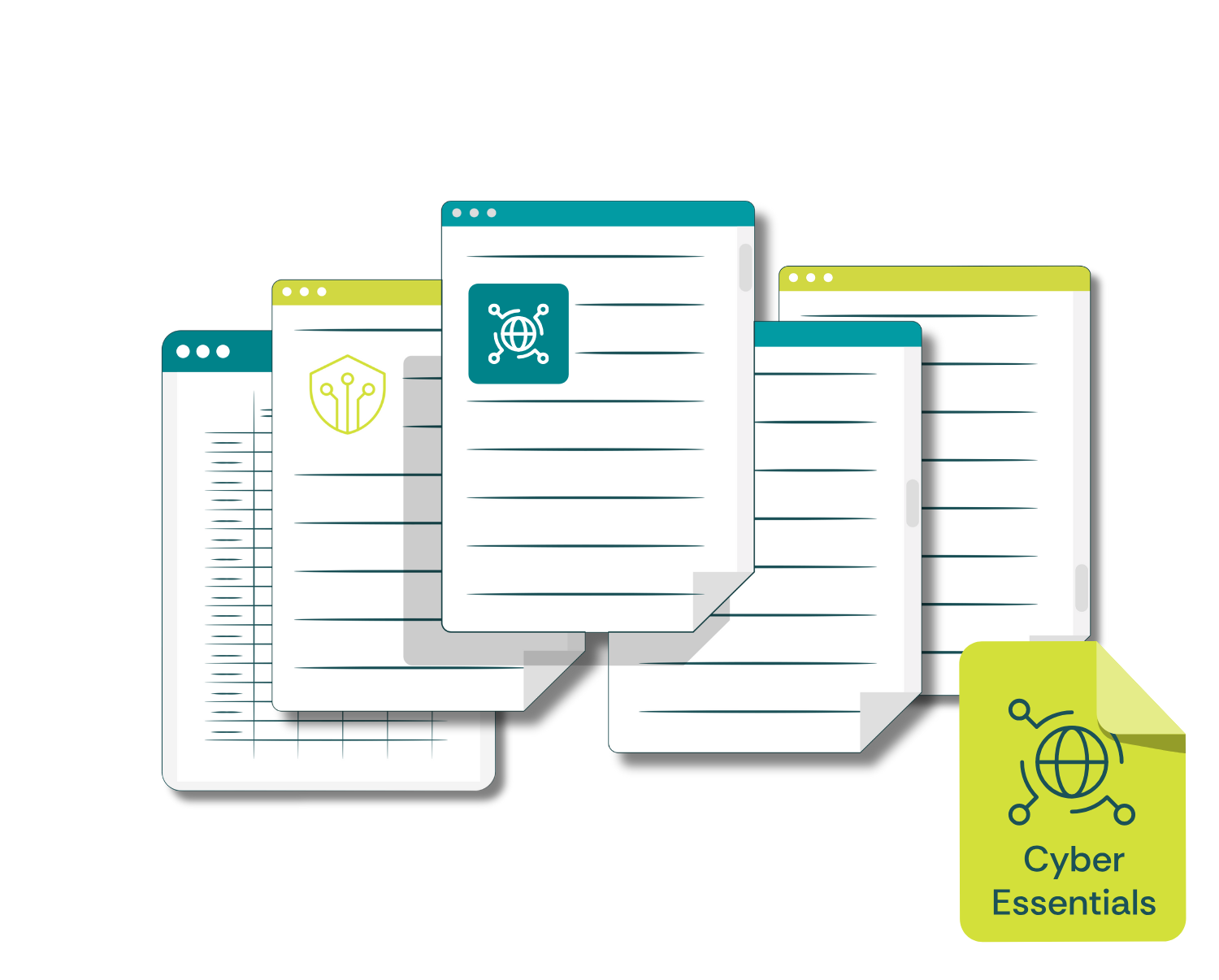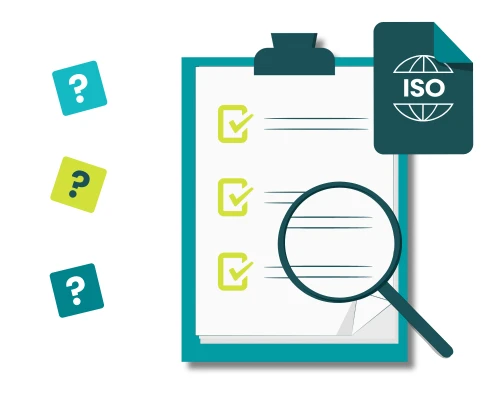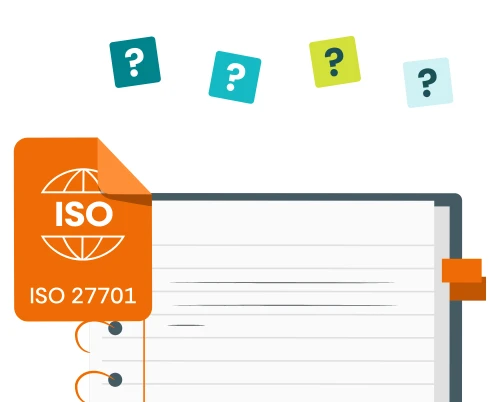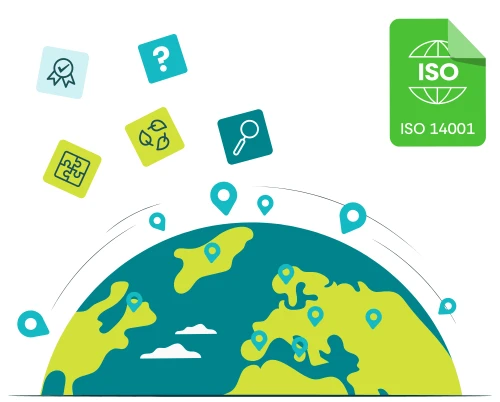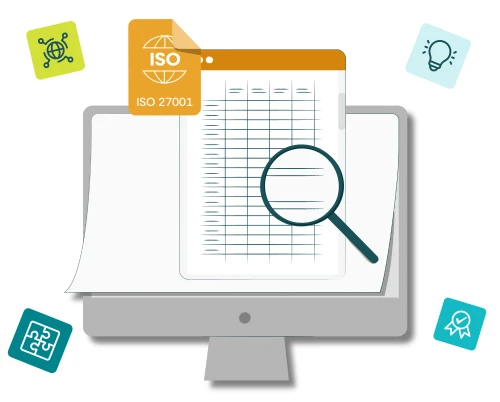Cyber Essentials is a UK government-backed scheme designed to help organisations of all sizes protect themselves against a wide range of cyber threats. By implementing Cyber Essentials, businesses can safeguard sensitive data, maintain customer trust, and reduce the risk of cyberattacks.
So what are the 5 Controls of Cyber Essentials? In this blog we’re going to look at each of these controls and explain why they’re crucial for a robust cybersecurity strategy.
1. Firewalls
Firewalls serve as the first line of defence between your internal network and external threats. They monitor and control incoming and outgoing traffic based on predetermined security rules.
Firewalls block potentially harmful traffic, reducing the risk of malware, ransomware, and unauthorised access to sensitive systems. Proper configuration ensures that only safe and necessary connections are permitted.
Key Actions for Firewall security:
Implement boundary firewalls to protect your entire network.
Configure internal firewalls for sensitive data and key systems.
Regularly review and update firewall rules.
2. Secure Configuration
Secure configuration involves setting up systems and devices to minimise vulnerabilities. This control ensures that only essential software, services, and accounts are active, reducing the attack surface for potential threats.
Default settings on hardware and software can introduce weaknesses. Removing unnecessary functions and hardening configurations reduces the chances of exploitation.
Key Actions for Secure Configuration:
Disable unnecessary services and features.
Change default passwords and settings.
Apply security patches and updates promptly.
3. User Access Control
Limiting access to data and systems based on roles and responsibilities helps prevent unauthorised activities. This principle ensures that users only have access to the information necessary for their job functions.
Minimising user access lowers the risk of insider threats and accidental data breaches. In case of compromised credentials, limited access can prevent widespread damage.
Key Actions for User Access Control:
Implement role-based access control (RBAC).
Enforce strong, unique passwords.
Regularly review and adjust user access levels.
4. Malware Protection
Malware protection ensures that systems are equipped with anti-virus and anti-malware solutions to detect and eliminate malicious software.
Malware can compromise data, disrupt operations, and lead to financial losses. Comprehensive malware protection prevents infections and mitigates the impact of potential breaches.
Key Actions for Malware Protection:
Install and regularly update anti-virus software.
Conduct regular malware scans.
Educate staff on recognising phishing and malware threats.
5. Security Update Management
Security update management involves keeping all software and systems updated with the latest security patches and updates. This control addresses known vulnerabilities that cybercriminals might exploit.
Outdated systems are prime targets for cyberattacks. By applying patches regularly, businesses can close security gaps and protect their infrastructure from known exploits.
Key Actions for Security Update Management:
Enable automatic updates where possible.
Monitor for new patches and apply them promptly.
Maintain an inventory of software and regularly check for vulnerabilities.
Conclusion
By implementing these five controls of Cyber Essentials, organisations can significantly enhance their cybersecurity and reduce the risk of falling victim to cyberattacks.
Cyber Essentials provides a practical framework for organisations to work to and the certification demonstrates to customers and partners that you take cybersecurity seriously.
Whether you are a small business or a large enterprise, these controls lay the groundwork for a safer and more secure digital environment.

